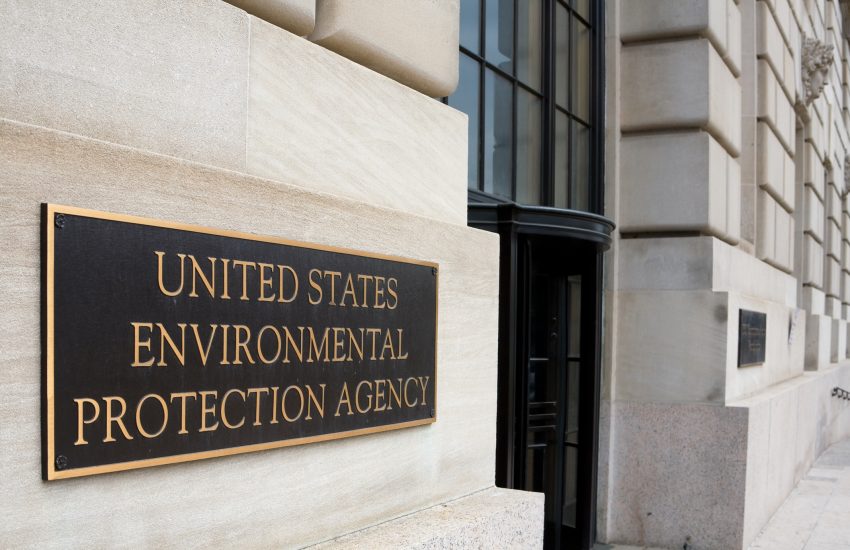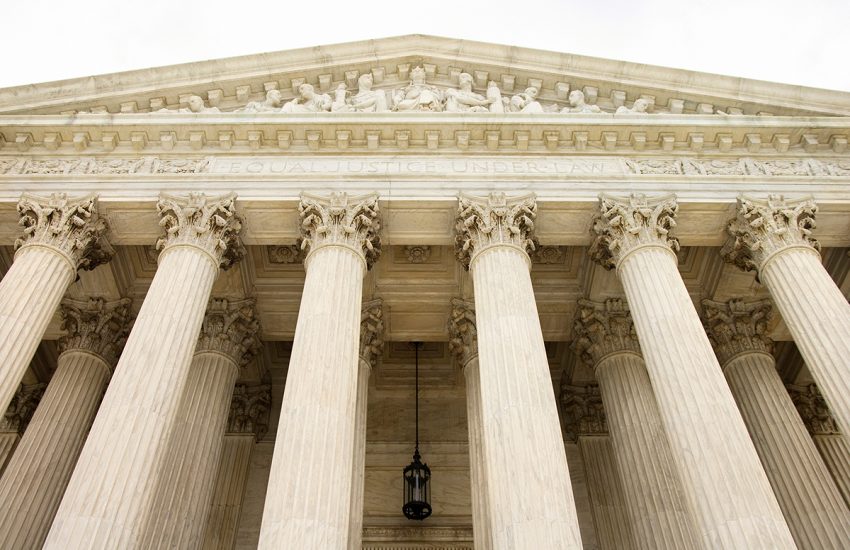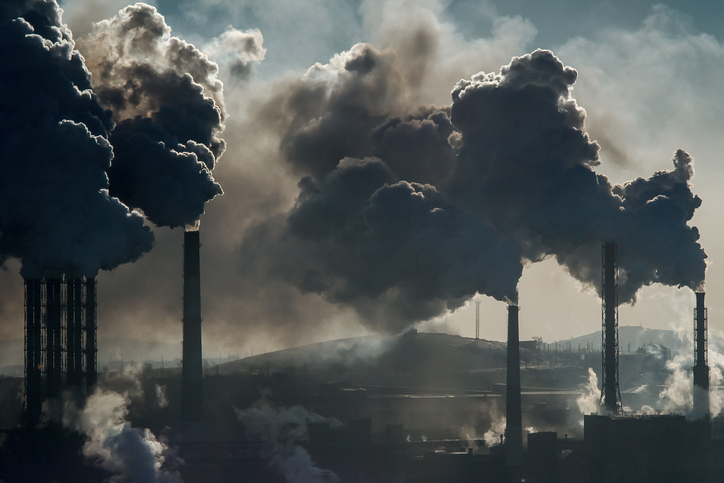On January 31 — in Marin Audubon Society et al. v. FAA et al. — the D.C. Circuit Court declined petitions for en banc review of a panel’s November 2024 ruling that the White House Council on Environmental Quality (CEQ) does not have the legal authority to promulgate regulations implementing the National Environmental Policy Act (NEPA).
The dispute centers around claims made by environmental groups that the Federal Aviation Administration and National Park Service violated NEPA when they approved tour flights over California’s Bay Area …
Continue Reading









